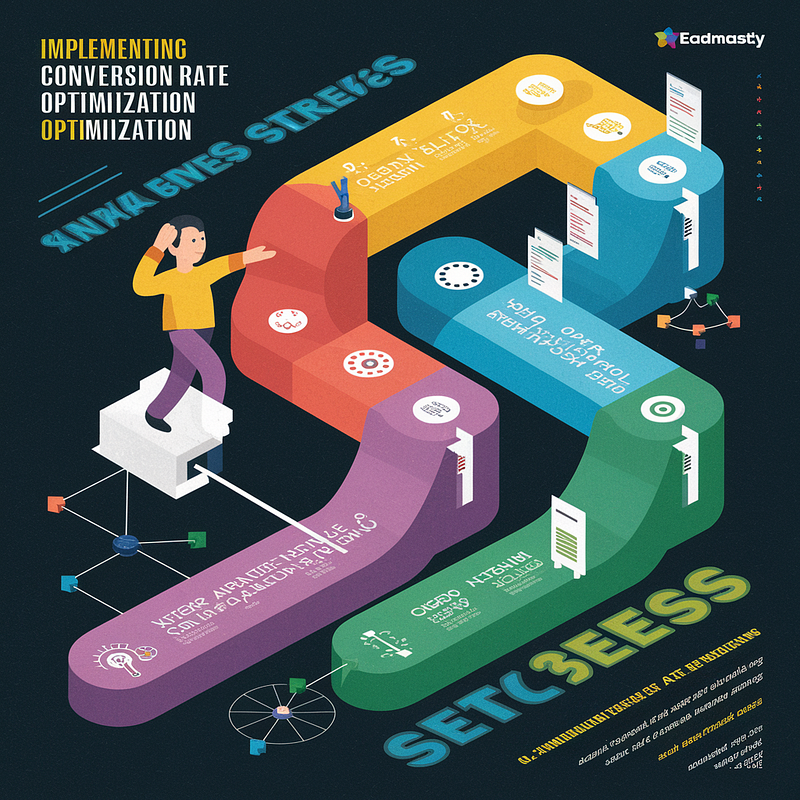In today’s digital landscape, where smartphones and tablets dominate how users access information,...
SEO-Based Content: How to Drive More Traffic to Your Website

In today’s digital landscape, creating SEO-based content is essential for driving more traffic to your website. Search Engine Optimization (SEO) helps improve your website’s visibility on search engines, attracting more visitors and boosting engagement. Here’s how you can leverage SEO-based content to enhance your website’s performance.
1. Understand Your Audience and Keywords
The first step in creating SEO-based content is understanding your audience and identifying relevant keywords. Conduct thorough keyword research to determine what terms your target audience is searching for. Tools like Google Keyword Planner, Ahrefs, and SEMrush can provide valuable insights. Incorporate these keywords naturally into your content to ensure it aligns with search queries and improves your website’s ranking.
2. Create High-Quality, Relevant Content
Quality content is crucial for SEO. Focus on creating content that is informative, engaging, and relevant to your audience. Address common questions, provide solutions to problems, and offer valuable insights. Content that answers user queries and solves their problems is more likely to be shared and linked to, further enhancing your SEO efforts.
3. Optimize On-Page Elements
On-page optimization involves refining various elements of your content to improve its search engine ranking. Key on-page elements include:
- Title Tags: Craft compelling and descriptive titles that include your target keywords. Keep them under 60 characters to ensure they’re displayed correctly in search results.
- Meta Descriptions: Write engaging meta descriptions (150–160 characters) that summarize your content and include relevant keywords. This encourages users to click through to your website.
- Headings and Subheadings: Use headings (H1, H2, H3) to structure your content and make it easier for users and search engines to navigate. Incorporate keywords in these headings for better visibility.
4. Focus on Content Structure and Readability
Ensure your content is well-structured and easy to read. Break up large chunks of text with headings, bullet points, and short paragraphs. This not only enhances user experience but also helps search engines understand and index your content. Use tools like Grammarly or Hemingway to check for readability and grammar.
5. Implement Internal and External Linking
Internal linking involves linking to other pages on your website. This helps users navigate your site and allows search engines to understand the structure and hierarchy of your content. External linking, on the other hand, involves linking to reputable sources outside your site. This adds credibility to your content and can improve your SEO ranking.
6. Monitor and Analyze Performance
Regularly monitor the performance of your SEO-based content using tools like Google Analytics and Google Search Console. Track key metrics such as organic traffic, bounce rates, and conversion rates. Analyzing this data helps you understand what’s working and what needs improvement, allowing you to adjust your strategies accordingly.
Conclusion
SEO-based content is a powerful tool for driving more traffic to your website. By understanding your audience, creating high-quality content, optimizing on-page elements, focusing on readability, and implementing effective linking strategies, you can enhance your website’s visibility and attract more visitors. Keep monitoring your performance and refining your approach to stay ahead in the competitive digital landscape.


